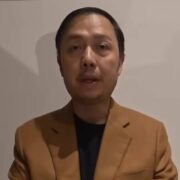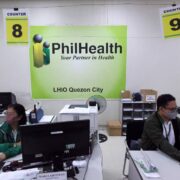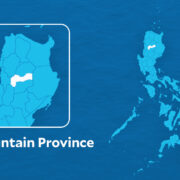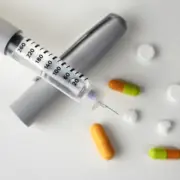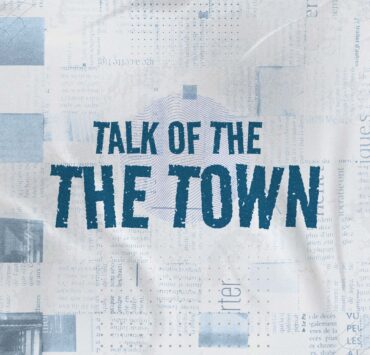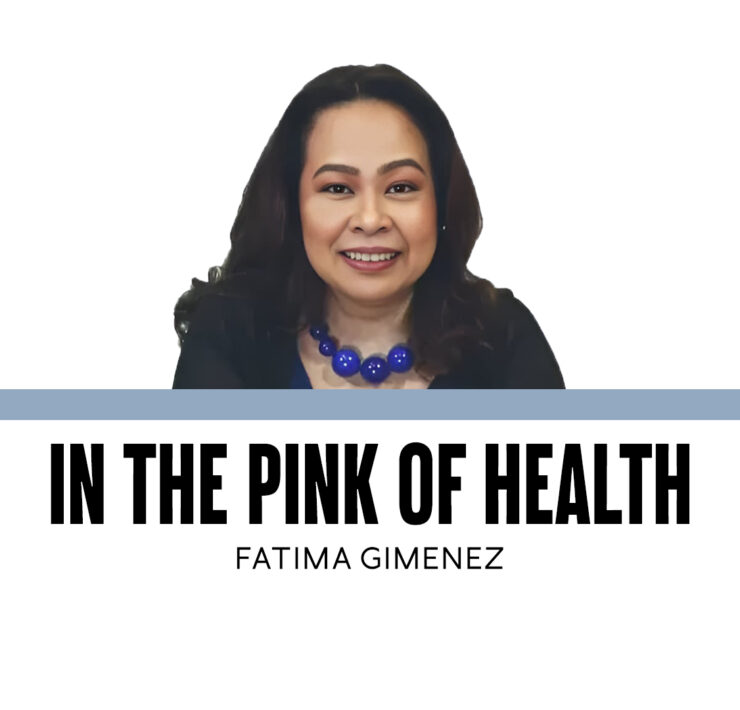Help me understand
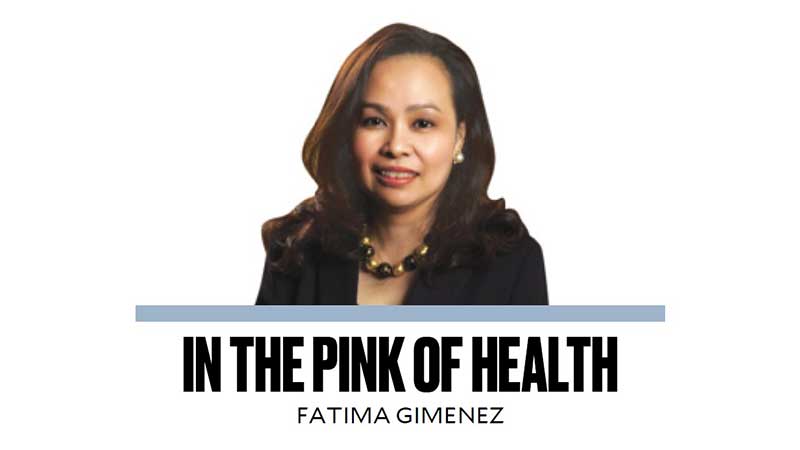
One of the joys of being in the medical profession is the opportunity not only to do our humble part in the prevention and treatment of disease, but also to help make people appreciate how science impacts our lives. While it is tempting to overshare knowledge in a bid to make an individual fully understand a disease, its complications, and consequences, the physician should be sensitive to the limits of the recipient’s capacity to comprehend, and more importantly, provide enough time for them to take in and eventually accept the information being given to them. This is easier done on a one-on-one basis but an enormous struggle when applied to public health campaigns. One clear example is the difficulty in conveying the message that immunization is important.
In a press release by Unicef in October 2024, it stated that the Philippines is no longer on the list of top five countries with unvaccinated children. While this is welcome news, there still is quite a number of people who are unprotected and vulnerable, and potential sources of infection responsible for localized outbreaks.
A month ago, a colleague shared that she made her rounds in an indigent community in her municipality. Despite the years spent on the job, she couldn’t believe what she heard when a mother casually said that the reason why her child remained unimmunized was because she was too lazy to go to the health center. My immediate reply was, “Lazy? When these vaccines are given for free and they only have to inquire if these are available?”
Skipping the challenges faced with logistics, such as supply, geographical access, priority issues, lack of surveillance and a threat of cuts to global health funding on the horizon, we chose to look inward and reflect on how we can improve as communicators, being one of the trusted sources of information. For years, the medical community has not been remiss in lending a hand to constant calls for action to raise knowledge and awareness, which have been acknowledged as helping increase coverage rates. But how far-reaching have our efforts been?
The reasons behind that exasperating reply are multifactorial and borderless. Attempts to be “more in touch” and current through the use of social media, engagement of popular personalities, door-to-door campaigns, and provision of freebies to entice participation in primary health care services seem to be the only way people will take a second look. Catchy infographics, though helpful, have a limited lifespan and there seems to be not one single message that sticks. The uptake for COVID-19 vaccination was accelerated because of the uncertainty and the real possibility that it could affect anyone and endanger the lives of loved ones. One wonders why the threat of vaccine-preventable diseases doesn’t create the same ripple effect when people are more proactive rather than passive.
Looking at a World Health Organization reference material on how to communicate health emergencies, felt like a validation of lessons that have been learned from firsthand experience. Rather than choose to point that finger toward others, we should ask ourselves how we can improve, remembering that this is a multistakeholder effort.
How can we improve science literacy among the general population? Although early integration into the educational curriculum is essential, our participation in various press conferences and discussions has led us to several important realizations:
First, we need to better understand how to effectively use multimedia to reach a broader audience. It’s crucial to invest in educating everyone involved in this process.
Second, our messages must be tailored to our target audiences using simple and easily understood language. We also need to be more creative in how we deliver factual information and make health concerns newsworthy.
Third, it is vital to have the right people delivering the information.
Fourth, we must be transparent about the current situation and acknowledge the real concerns we have answers and solutions for. People appreciate straightforward and honest communication.
Fifth, we should strive to adopt a neutral stance on controversial issues, as politicizing these matters can obscure the message we need to impart.
Lastly, we need to convey that science is fluid and dynamic, which means there is a possibility of making mistakes in the quest for solutions. What matters is that we learn from these mistakes and move forward, rather than getting caught in a cycle of shaming and blaming. Let’s leave that to those who have nothing better to do, as lives are at stake.
There is so much to be done, and while we cannot solve all of the world’s problems, we must never stop believing that each of us is capable of contributing to making the world a little more just for everyone. Health matters.
—————-
timgim_67@yahoo.com


